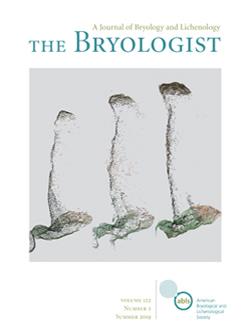Tropical regions harbor rich biodiversity but are relatively poorly explored, especially in lesser known taxonomic groups, such as lichenized fungi. In addition, the identification of species is complicated by frequent occurrence of cryptic species and the plasticity of phenotypic features traditionally used to identify species. Here, we aim to explore species diversity and provide tools for accurate sample identification of the genus Parmotrema from rainforests in Thailand. We gathered a three-locus DNA sequence data set and this was analysed in phylogenetic and DNA barcode frameworks. While some morpho-species were recovered as monophyletic, others did not form monophyletic groups. Our study unmasked cryptic lineages in Parmotrema species distributed in the tropics and show that phenotype-based sample identification may underestimate species diversity in this group of lichens. Further, genetic distances based on ITS DNA sequences (i.e. DNA barcode approach) were shown to be a valuable tool for sample identification. In addition, our study highlights the need for taxonomic reexamination of the following phenotypically delimited species: P. corniculans, P. crinitum, P. haitiense, P. maclayanum, P. perlatum and P. subtinctorium.
How to translate text using browser tools
20 June 2019
DNA sequence-based identification and barcoding of a morphologically highly plastic lichen forming fungal genus (Parmotrema, Parmeliaceae) from the tropics
Ruth Del-Prado,
Kawinnat Buaruang,
H. Thorsten Lumbsch,
Ana Crespo,
Pradeep K. Divakar
ACCESS THE FULL ARTICLE

The Bryologist
Vol. 122 • No. 2
May 2019
Vol. 122 • No. 2
May 2019
conservation
cryptic species
genetic distances
lichenized fungi
parmelioids
phylogeny
rainforest




